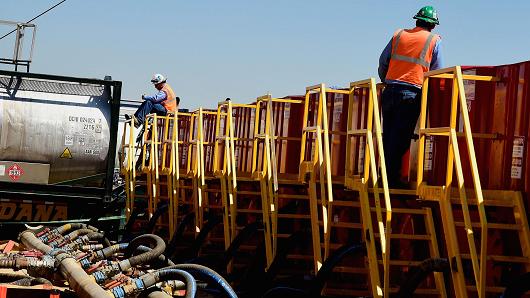
“The wooden bark HESPER (603 tons) was built by Halls Brothers of Port Blakeley, Washington, in 1882 for the Pacific Coast “triangle” trade (lumber to Australia, coal to Hawaii and sugar to California). Her name often appeared in newspapers in connection with bloody reports of mutiny, brutality and barratry. Her greatest notoriety occurred in 1893 following a voyage from Newcastle in command of Capt. Sodergren, during which her Liverpool Irish second mate was murdered by a seaman wielding a galley hatchet. A famous trial ensued at San Francisco, and three of her crew were convicted of mutiny and one hanged. She ended her career in 1912 after a harrowing journey to Peru, where her crew mutinied and she sank in shallow water. After a short time, she broke up completely. [Source: Gordon Newell, ed., The H.W. McCurdy Marine History of the Pacific Northwest.” UW Special Collections. Photo, dated 1898, courtesy University of Washington Special Collections.
Pictured: The CMA CGM Benjamin Franklin, the largest container ship ever to call on a U.S. port, arrived to Seattle’s Terminal 18 on Monday, Feb. 29, 2016. The vessel is 1,300 feet long, 177 feet wide, 197 feet high and can carry up to 18,000 containers. It is scheduled to leave Tuesday morning for China.
It’s not small potatoes; rather, it’s big ships, deep keels and full holds.
Washington’s maritime industry is worth a combined $37.8 billion, with nearly 70,000 people employed in the trades and links to a variety of supportive industries.
Though the industry has changed over the years, it still holds a significant place in Washington’s and specifically in Seattle’s economy, with 2.2 percent of all jobs statewide linked directly to maritime trades.
That’s per an analysis presented by the Washington Maritime Federation in the “2017 Washington State Maritime Sector Economic Impact Study,” released earlier this week. The analysis was conducted by Community Attributes, Inc.
CLICK THROUGH THE PHOTOS ABOVE TO SEE SHIPS AND SHIPPING OF SEATTLE’S PAST.
Despite issues of recruitment that have reportedly plagued the industry in recent years, maritime trades are staying afloat nicely.
“We’ve seen consistent growth across all subsectors of the industry since the 2013 study release and we feel confident about the continued growth of maritime in the years to come,” said Washington Maritime Federation Director Mark Gleason, in a news release.
With a local history going deeper than Elliott Bay’s murkiest depths, the region and state’s maritime business sector has been an instrumental piece of the economic puzzle going back to the first white settlers at Alki and in Georgetown.
The report found, looking at 2015 data, that the industry had actually shown a 2.4 percent growth in revenue since 2012.
The analysis included commercial fishing, shipping, support services, recreational boating and boatbuilding, commercial shipbuilding and maintenance, and passenger water transportation.
Jobs in the maritime trades have also grown since the 2013 report was released, increasing about 2.6 percent per year, according to the report. Those jobs have an average annual wage of $67,000. And for every job in the maritime industry, 1.8 jobs are supported secondarily.
“Our maritime industry continues to play a central role in Washington’s diverse, strong economy,” said Gov. Jay Inslee, in the news release. “Working waterfronts are sources of technological innovation and resilience, supporting good jobs and new business opportunities from the Pacific and Puget Sound coastlines to the Columbia River and beyond.”
[“Source-seattlepi”]




